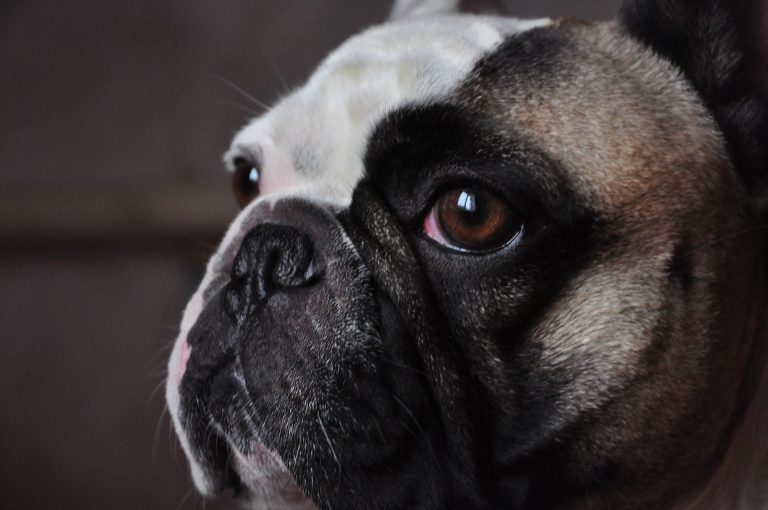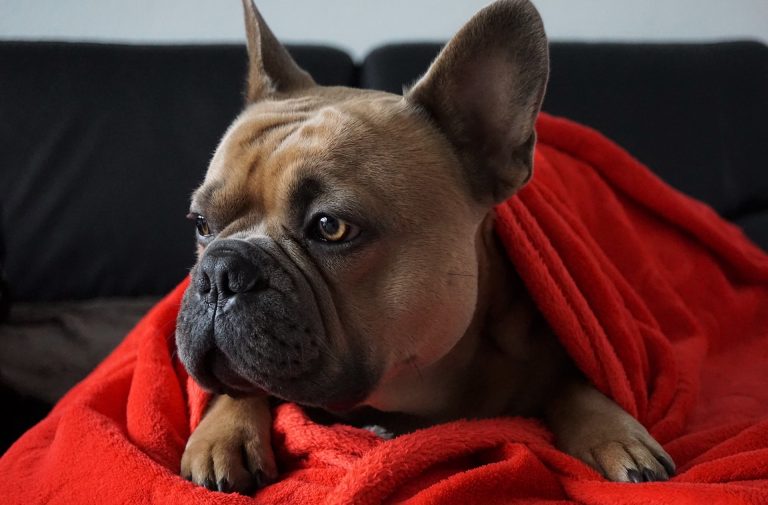French Bulldog vs. English Bulldog: Which is the Best Choice for You?
When comparing French Bulldogs to English Bulldogs, it’s essential to understand the distinctive traits and characteristics that set these two beloved breeds apart. French Bulldogs are known for their playful and affectionate nature, while English Bulldogs are renowned for their gentle and protective demeanor. Both breeds have unique physical features, with French Bulldogs typically smaller…




